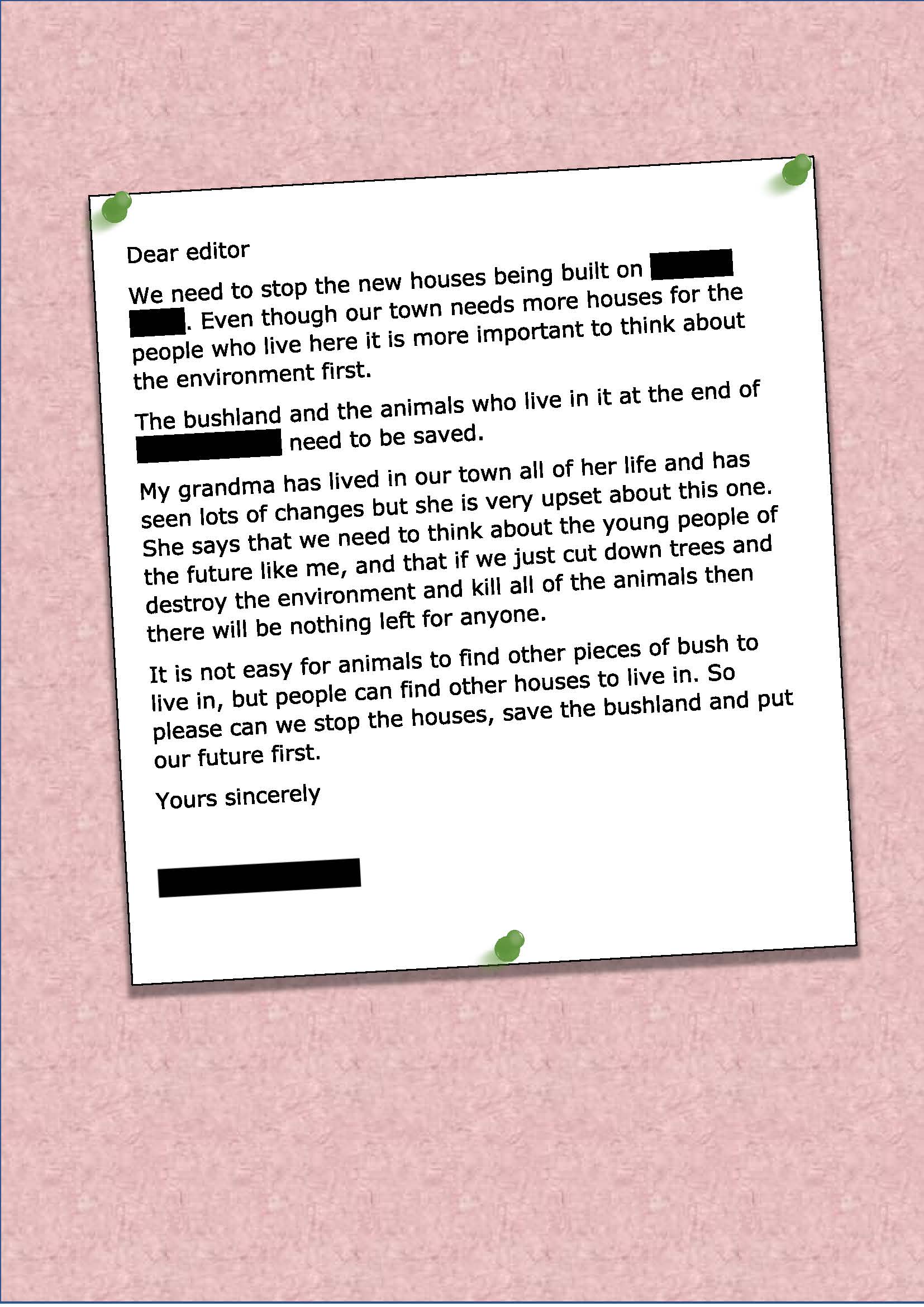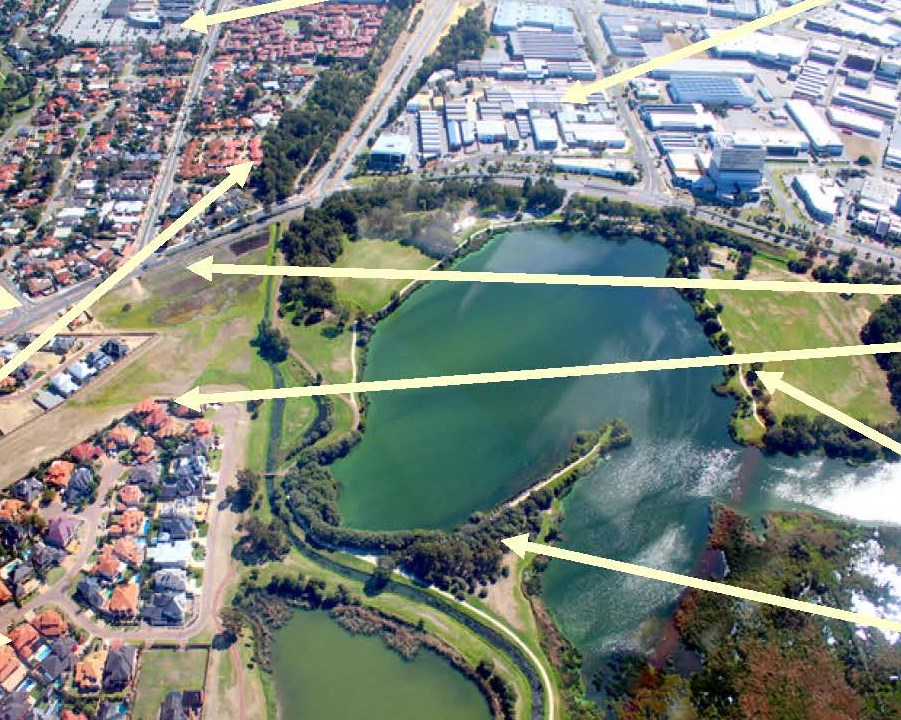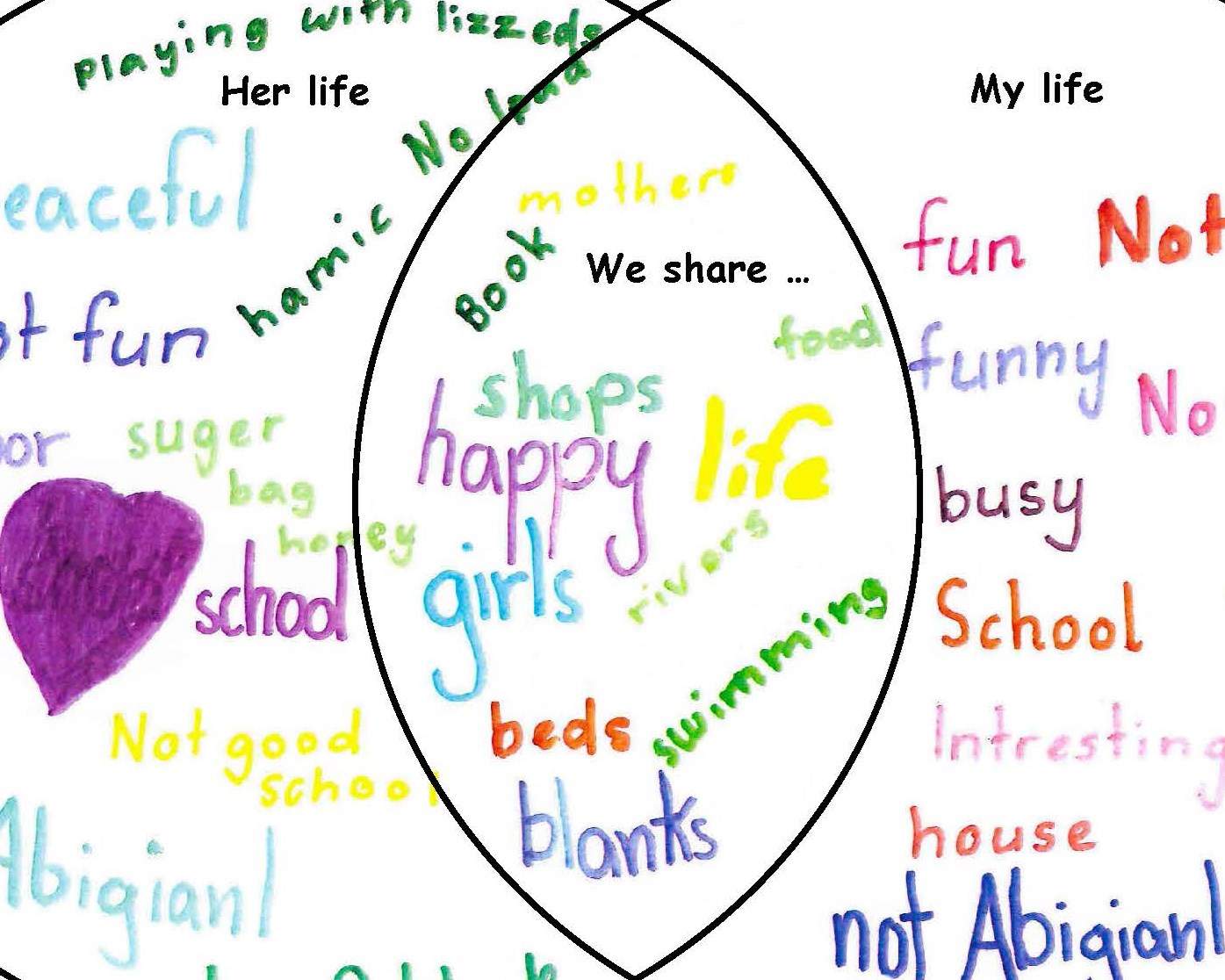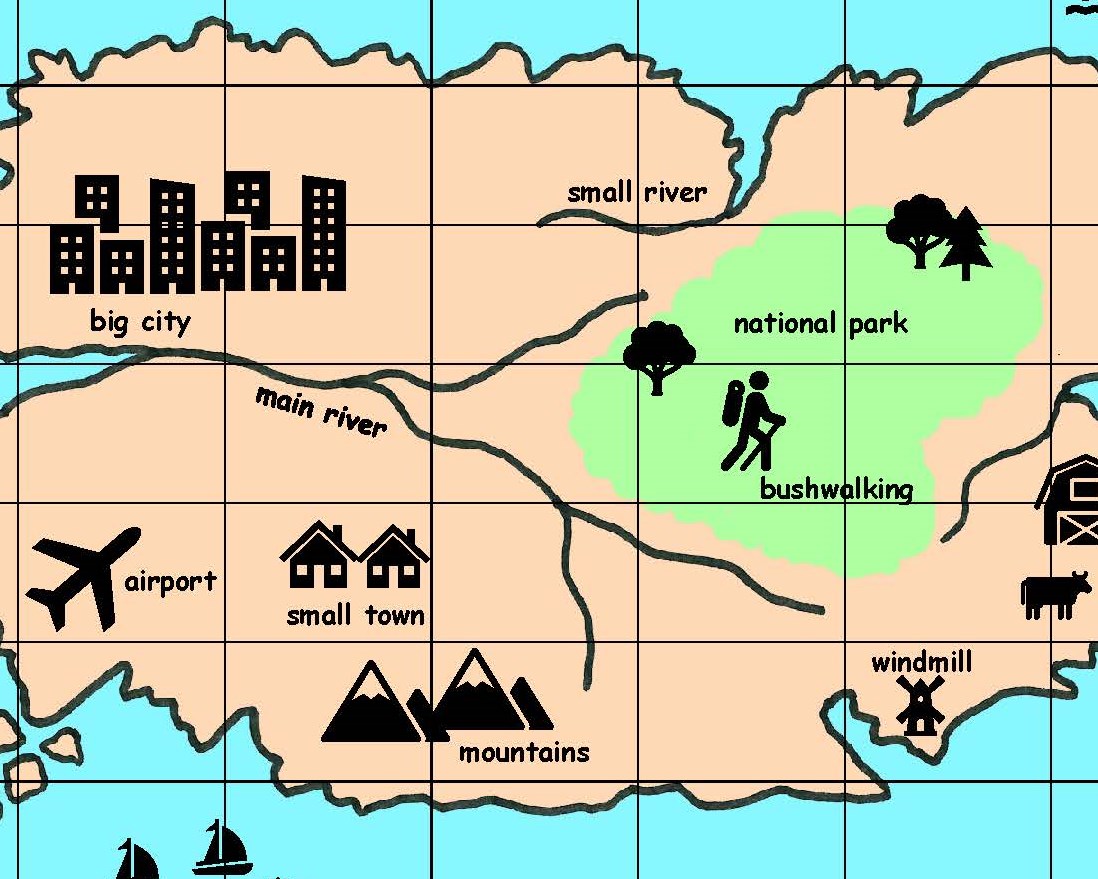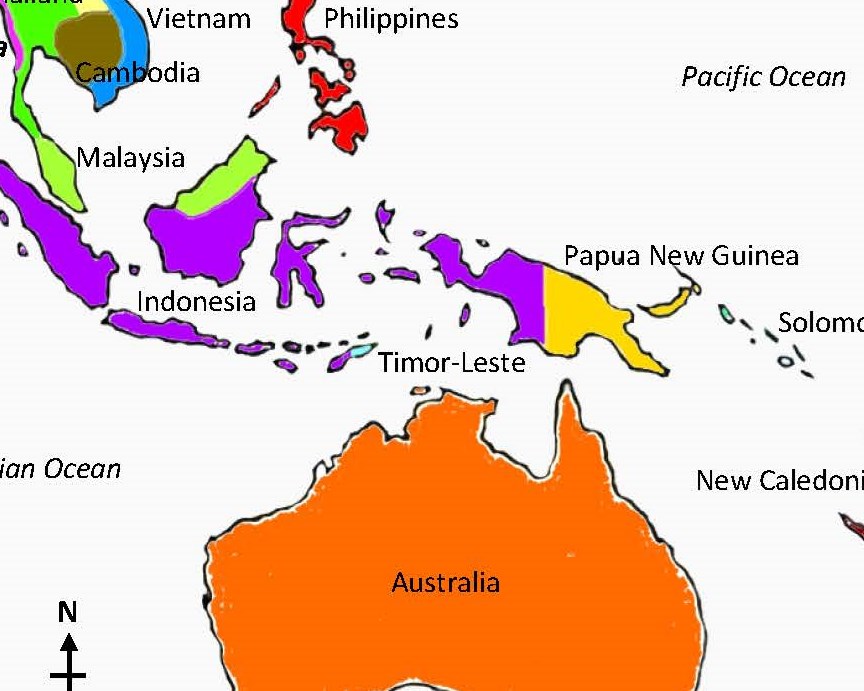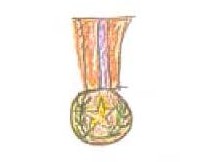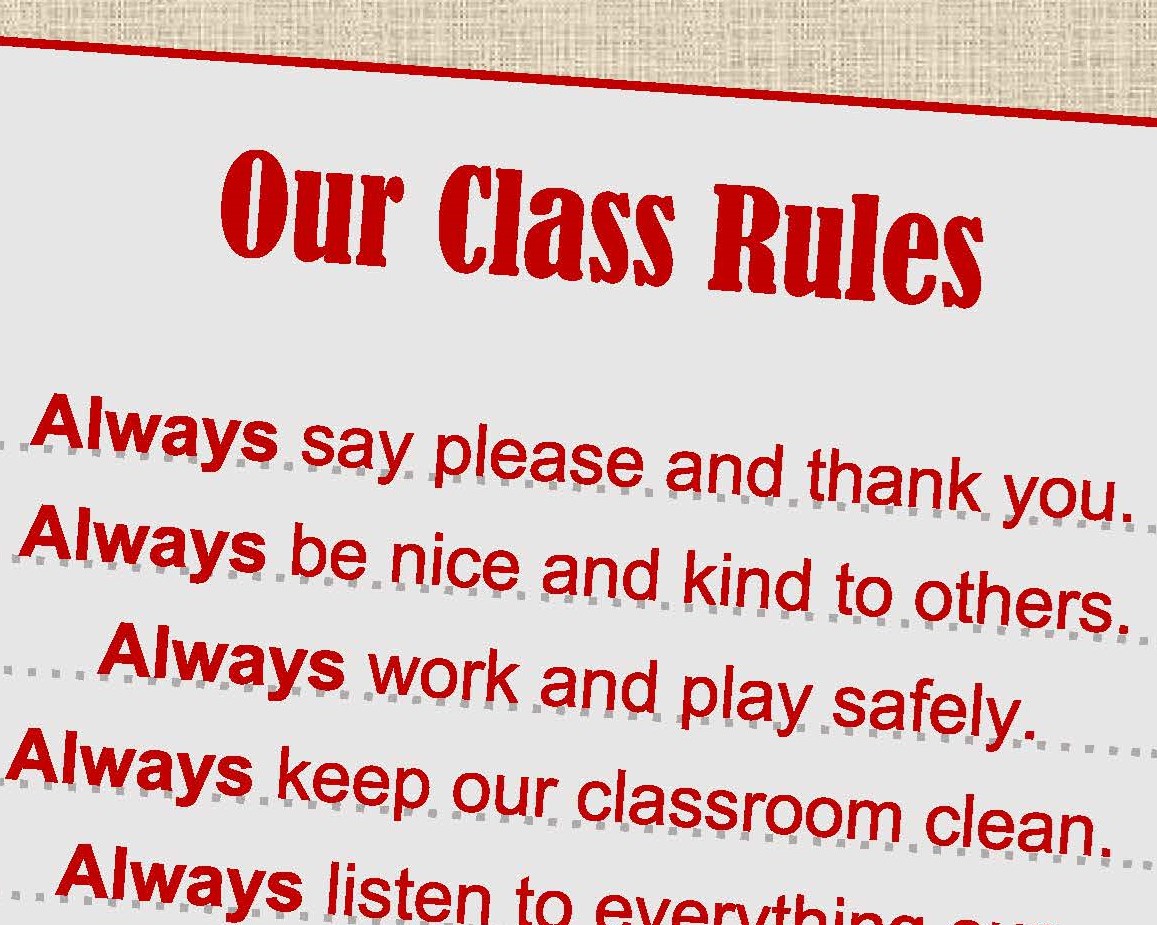Save the bushland
Summary of task
Students undertook a teacher-led excursion to a local bushland area that had been marked for potential redevelopment. Students examined and discussed arguments for and against the redevelopment. Students then wrote letters to the editor of the local newspaper asking for the redevelopment to be stopped. The students’ letters were word-processed, printed and posted on a ‘community action’ noticeboard in the classroom. The task, including time for the excursion as well as exploring the language and structural features of the written text, took place over six 50-minute lessons.
Achievement standard
By the end of Year 3, students describe the location of the states and territories of Australia, the location of selected Aboriginal and Torres Strait Islander Countries/Places and selected countries neighbouring Australia. They describe the characteristics of different places at local scales and identify and describe similarities and differences between the characteristics of these places. They identify connections between people and the characteristics of places and recognise that people have different perceptions of places.
Students pose geographical questions and locate and collect information from different sources to answer these questions. They record and represent data in tables and simple graphs and the location of places and their characteristics on labelled maps that use the cartographic conventions of legend, title and north point. They describe the location of places and their features using simple grid references and cardinal compass points. Students interpret geographical data to identify and describe distributions and draw conclusions. They present findings using simple geographical terminology in a range of texts. They reflect on their learning to suggest individual action in response to a geographical challenge.
By the end of Year 3, students explain the role of rules in their community and the importance of making decisions democratically. They describe how people participate in their community as active citizens.
Students pose simple questions about the society in which they live. They collect information from sources to answer these questions. They examine information to identify a point of view and draw simple conclusions. Students share their views on an issue and describe how they participate in a group. They present their ideas and conclusions in oral, visual and written forms using civics and citizenship terms.
